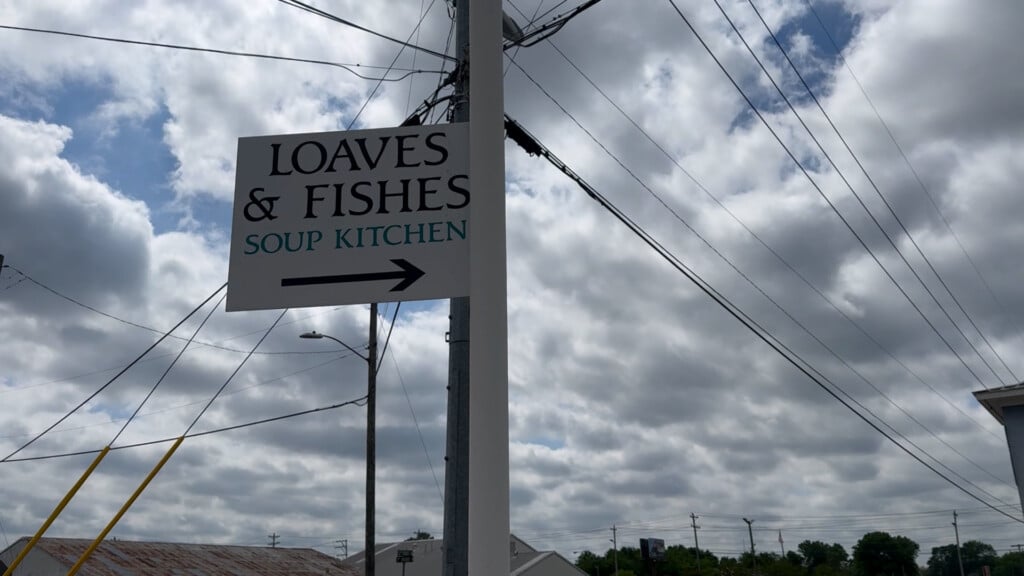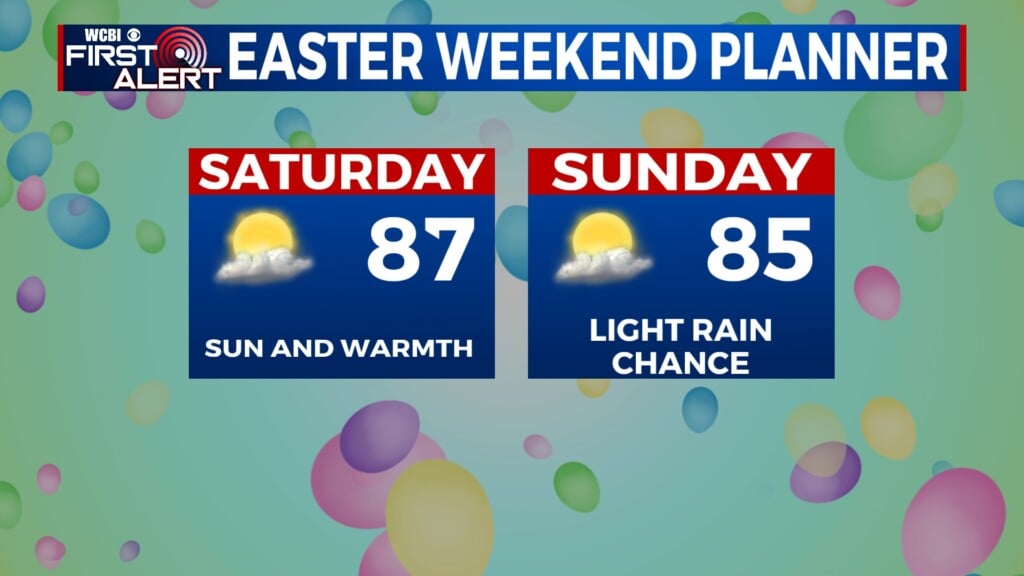Insurers Fear Young People Will Opt Out
By KELLI KENNEDY
MIAMI (AP) – Dan Lopez rarely gets sick and hasn’t been to a doctor in 10 years, so buying health insurance feels like a waste of money.
Even after the federal health overhaul takes full effect next year, the 24-year-old said he will probably decide to pay the $100 penalty for those who skirt the law’s requirement that all Americans purchase coverage.
“I don’t feel I should pay for something I don’t use,” said the Milwaukee resident, who makes about $48,000 a year working two part-time jobs.
Because he makes too much to qualify for government subsidies, Lopez would pay a premium of about $3,000 a year if he chose to buy health insurance.
“I shouldn’t be penalized for having good health,” he said.
Persuading young, healthy adults such as Lopez to buy insurance under the Affordable Care Act is becoming a major concern for insurance companies as they scramble to comply with the law, which prohibits them from denying coverage because of pre-existing conditions and limits what they can charge to older policy holders.
Experts warn a lot of these so-called “young invincibles” could opt to pay the fine instead of spending hundreds or thousands of dollars each year on insurance premiums. If enough young adults avoid the new insurance marketplace, it could throw off the entire equilibrium of the Affordable Care Act. Insurers are betting on the business of that group to offset the higher costs they will incur for older, sicker beneficiaries.
The nonpartisan Congressional Budget Office estimates that about six million people of various ages will pay the tax penalty for not having insurance in 2014, the first year the law championed by President Barack Obama will be fully implemented.
It’s hard to estimate how many of those will be the young and healthy adults insurers are trying to reach, but that subgroup makes up a very small portion of the overall market. Even though it’s small, experts say it could be enough to throw the system’s financing off-kilter.
About 3 million 18-24 year-olds in the U.S. currently purchase their own insurance. Many pay high prices for scant benefits, with high deductibles and co-pays because they make too much to qualify for Medicaid and have no coverage options from their employers or parents. The Urban Institute estimates that the majority of adults in their 20s will qualify for government subsidies under the Affordable Care Act.
Premium hikes could be a disincentive for young people weighing their options. Premiums for people aged 21 to 29 with single coverage who are not eligible for government subsidies would increase by 42 percent under the law, according to an analysis by actuaries at the consulting firm Oliver Wyman. By comparison, an adult in his or her early 60s who would see about a 1 percent average increase in premiums under new federal health rules.
Insurers including America’s Health Insurance Plans and The Blue Cross and Blue Shield Association recently wrote to federal health officials warning that they feared low enrollment by young adults and proposed beefed up penalties for opting out. Insurers worry the $100 penalty might not be a strong enough deterrent. The penalties jump to $695 or 2.5 percent of taxable income – whichever is more – by 2016.
“The key to keeping health care affordable is you really want to balance the pool, where you have enough young and healthy people to balance off the care of the older, sicker people who are likely to utilize much more health care services,” said Justine Handelman, the Blue Cross and Blue Shield Association’s vice president for legislative and regulatory policy.
She said younger people use about a fifth of the services that older beneficiaries do.
Jonathan Gruber, an economics professor at the Massachusetts Institute of Technology who helped craft that state’s law, said he thinks the first-year federal penalty should be higher.
The penalty under the Massachusetts law, which served as the model for Obama’s overhaul, was $218 the first year in 2007. Gruber said that amount proved effective.
“People hate paying money and getting nothing for it,” he said.
Roughly 40,000 of about 6 million Massachusetts residents paid the penalty the first year, he said.
Many young adults have chosen relatively bare-bones health plans before the Affordable Care Act, but the new law requires all plans to offer a minimum set of benefits, thus raising the price for coverage.
The cost of health coverage is difficult to estimate because it includes so many factors, but a 27-year-old making $30,000 a year in 2014 will have a $3,400 premium and will be eligible for subsidies that cover about 26 percent of the bill. That person would end up paying $2,509, or about $209 a month. That does not include deductibles, co-pays and other variables which can vary widely.
The estimates come from the nonpartisan Kaiser Family Foundation’s online Health Reform Subsidy Calculator.
Francois Louis, a 20-year-old college student in South Florida who works part-time, can’t remember the last time he went to the doctor and gets by on over-the-counter medication whenever he’s sick. He’d love to get a check-up, but says it’s too expensive on his income of less than $15,000 a year.
“I probably would do the $100 fine because it’s just cheaper and you don’t have to worry about paying off monthly costs,” said Louis, a student at Broward Community College near Fort Lauderdale.
Louis would get a $2,718 tax credit and have to pay $300 toward his premium, according to the calculator.
Health advocates note that many people who have difficulty affording health insurance now will qualify for federal subsidies. The financial assistance will go to those making less than $48,000 a year who cannot get affordable coverage through their job.
That includes 27-year-old Emily Nicoll of Dallas, who makes $20,000 a year working in customer service for a sports team.
She said she pays a lot of money for basic health benefits, including $80 a month for two prescriptions and a $100 co-pay for each doctor’s visit. But the memory of being in a car accident in high school lingers, so she will continue to pay for health insurance once the new law takes effect.
“That’s the fear that makes me pay out that $151 a month,” said Nicoll, who says most of her friends do not have insurance.
She would receive a $2,100 tax credit under the Affordable Care Act and pay about $83 a month for her premium.
While Nicoll stands to save money on health insurance under the new law, many young people who make more money would not.
The potential for skyrocketing prices caught the attention of a Democratic state lawmaker in New Jersey, Assemblywoman Celeste Riley. She is so worried about the cost for young people that she helped pass legislation to remove a requirement that students at two-year colleges have health insurance to attend class. But Gov. Chris Christie vetoed the bill last week.
Riley said the low-cost, limited plans currently offered to students cost about $600 a year, but prices could rise up to $2,000. The Affordable Care Act allows people to stay on their parents’ plans until age 26, but many parents also lack insurance in the current economy.
“In this one small situation, I have students that really are going to be hit so hard financially,” she said. “I think that really some of them will decide not to go to school.”
___
Associated Press writer Dinesh Ramde in Milwaukee contributed to this report.





Leave a Reply